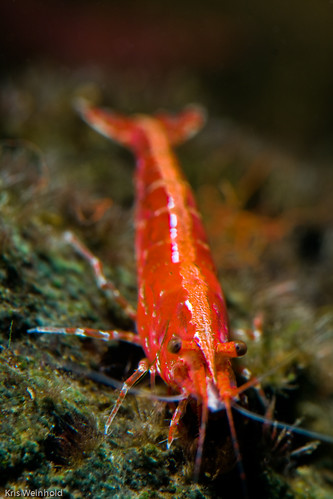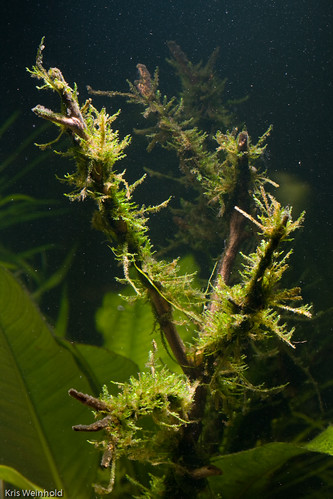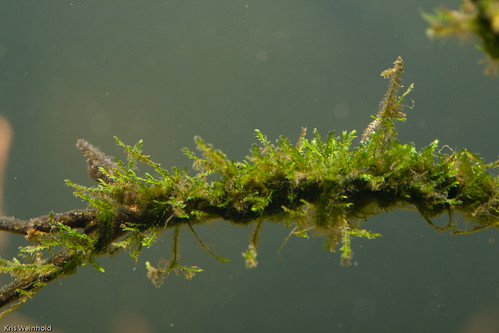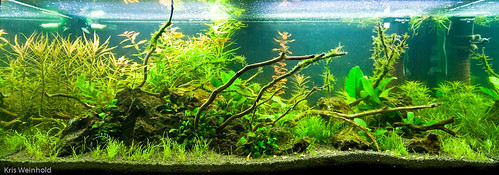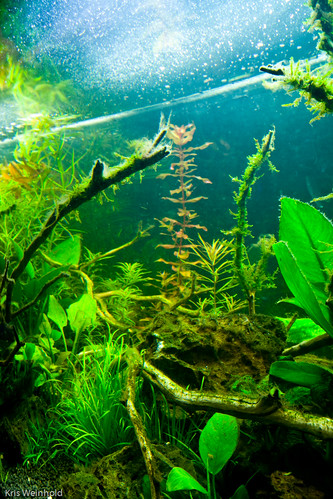It’s been a few days since the 2007 AGA results were announced, and I’ve had a chance to go through all of the entries. I thought it might be fun to display my own “best of” list for this years tanks. Not surprisingly, my tastes differ from the judges, as their Best In Show doesn’t even make my list. No offense to anyone if I didn’t pick your tank, as this is as much personal taste as anything.
So, here’s my top seven in reverse order.
#7
The first tank I really liked isn’t a true aquascape as much as it is more of an art piece. The wood is really nicely organized, and I could just imagine having this on a coffee table. The rock work in the sand is appealing, and the plants themselves, while somewhat minimalistic, all go together.
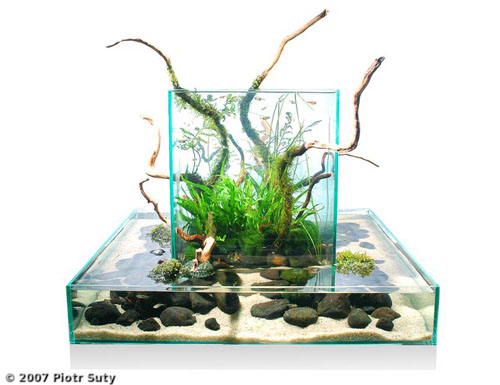
Entry #86: 63L (17 gallon) Aquatic Garden: “Permeate worlds”
Piotr Suty, Warszawa mazowieckie Poland
#6
This is one of those tanks that I feel I shouldn’t technically like, but I kept coming back to. On paper, you’d say that the left side is too cluttered, and the symmetry is a bit off. That said, I really like the colors, the wood, and just the feat of maintaining all of these stems and making them look this good requires a lot of work.
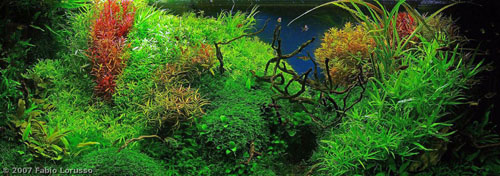
Entry #149: 250L (66 gallon) Aquatic Garden: “Passage Across The Wood”
Fabio Lorusso, Bologna Italy Italy
#5
As a rule, I tend to really like hillscapes. I love the negative space, and the colors are great. Some of the plants could be a little bit better groomed, but in a way, the wild look of some of the stems gives the hill a bit more character.

Entry #159: 217L (57 gallon) Aquatic Garden: “”Puntius in harmony””
André Luiz Longarço, São Paulo SP Brazil
#4
Another hillscape! This one is a little bit more refined. It also incorporates more rocks nicely into the hill itself, and is quite serene.

Entry #112: 243L (64 gallon) Aquatic Garden: “Sonata”
Guillermin Nicolas, Poissy France
#3
I’ve seen this tank before, as Jason is a GWAPA member, but really isn’t clouding my judgement. I’m not exactly sure how to categorize this aquascape. It’s not exactly a nature aquarium style, but it isn’t quite dutch either. I love the use of color in this tank, and the moss work on the rocks is fantastic. It looks more like an illustration than a real tank, and I love its uniqueness.
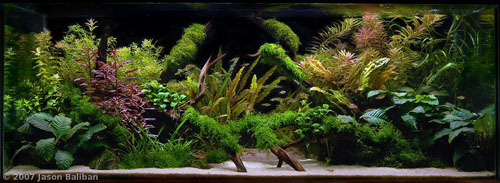
Entry #146: 284L (75 gallon) Aquatic Garden: “Valley to the East”
Jason Baliban, Phoenixville PA USA
#2
A fantastic scape that was ranked highly in this years’ ADA contest, and one that deserves any accolade that it receives. I love the use of the petrified wood-looking rocks, as you don’t often see these used effectively in many aquascapes. The moss is trimmed masterfully, and overall everything is almost perfect.
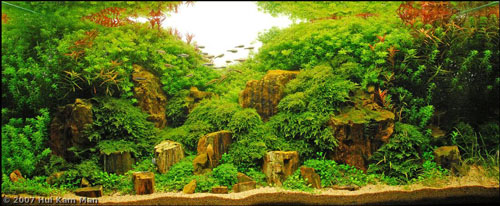
Entry #190: 160L (42 gallon) Aquatic Garden: “Field of Dreams”
Hui Kam Man, Hong Kong Hong Kong
#1
What may be my favorite scape of all time, all you have to do is mention “the tree scape” at your local club meeting, and everyone knows that this is the tank you’re referring to. The surrounding ground cover around the tree could be fuller, but the tree itself provides such a focal point that none of that matters. The moss is groomed perfectly to look like a tree. The fish resemble birds in the sky, and the use of negative space and depth through sloping is fantastic. What else can I say, this is my Best In Show!
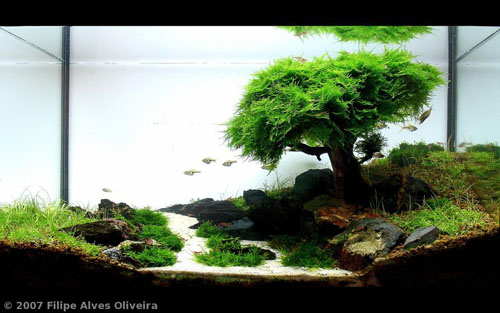
Entry #20: 57L (15 gallon) Aquatic Garden: “Syrah”
Filipe Alves Oliveira, Porto Matosinhos Portugal
Do you agree with my favorites? Are there tanks that I’ve forgotten. Please sound off in the comments.
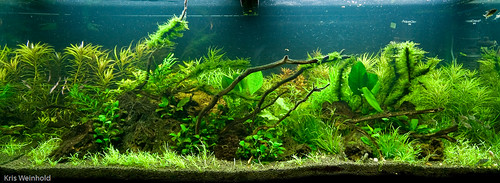
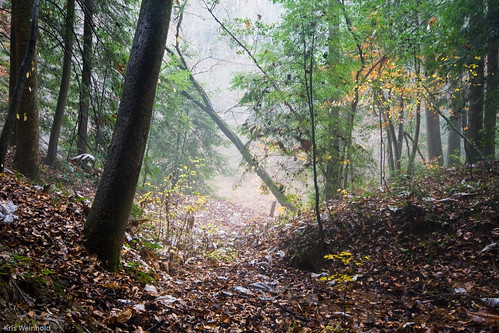
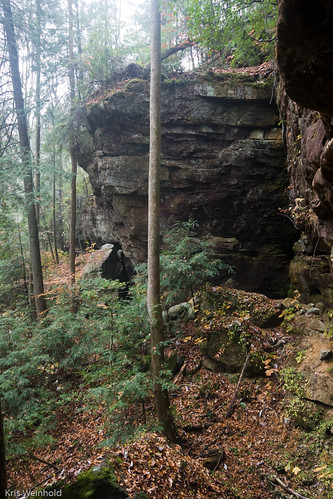



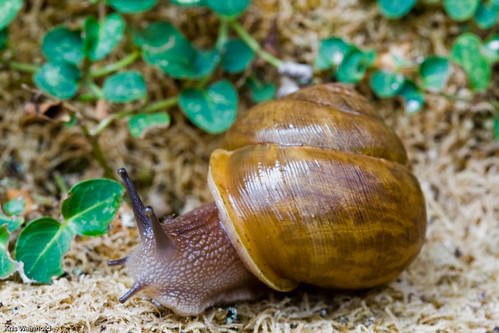
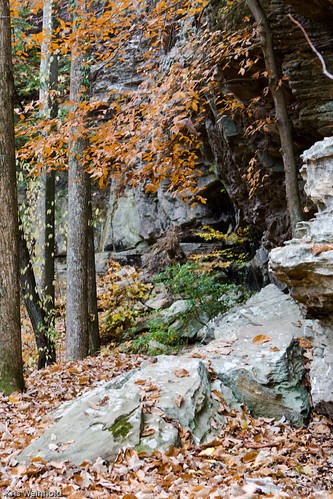
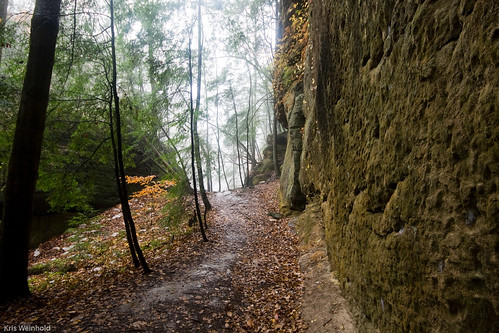
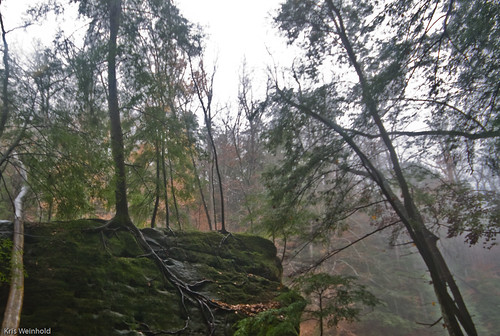
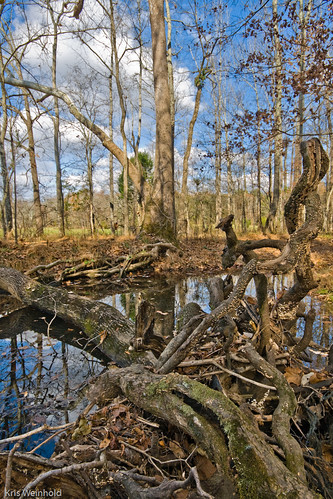
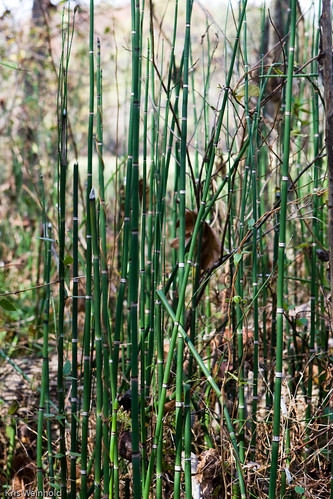



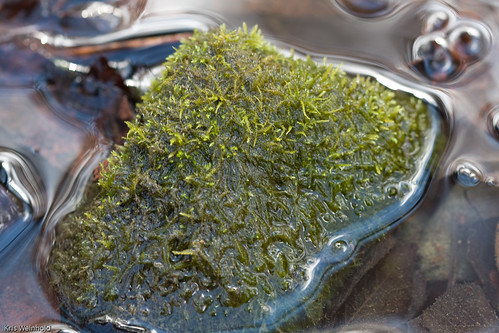
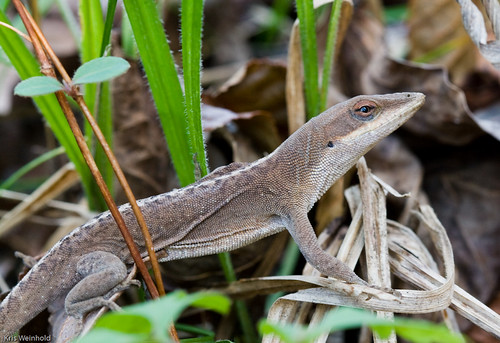
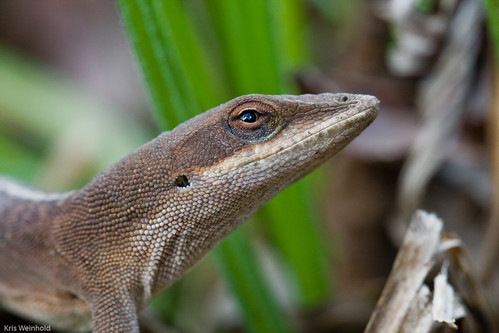





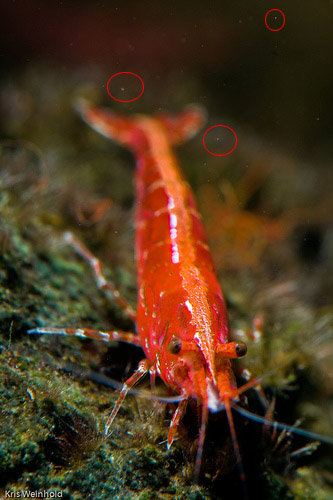 Previously, I posted this picture of a cherry shrimp in my 75G tank. I’m sure many of you noticed that the picture itself wasn’t necessarily the top-quality image. In particular, there are quite a few very distracting spots or blemishes throughout the picture, especially noticeable in the darker areas.
Previously, I posted this picture of a cherry shrimp in my 75G tank. I’m sure many of you noticed that the picture itself wasn’t necessarily the top-quality image. In particular, there are quite a few very distracting spots or blemishes throughout the picture, especially noticeable in the darker areas. Photoshop has a fantastic tool called the “Clone Stamp Tool” that makes this task easy. Simply select the tool from the sidebar, adjust the brush size so that it is just barely larger than the spot itself, and zoom in so you can more easily target the spot. Now, fully encompass the spot with the tool’s circle, and left click. The spot should now be gone. If what it automatically replaced the spot with looks good, you’re done. If not, you can undo it. Then, locate an area near the spot that looks good, and ALT-click on that clean area. Now, left-click back on the spot. It should hopefully look perfect this time.
Photoshop has a fantastic tool called the “Clone Stamp Tool” that makes this task easy. Simply select the tool from the sidebar, adjust the brush size so that it is just barely larger than the spot itself, and zoom in so you can more easily target the spot. Now, fully encompass the spot with the tool’s circle, and left click. The spot should now be gone. If what it automatically replaced the spot with looks good, you’re done. If not, you can undo it. Then, locate an area near the spot that looks good, and ALT-click on that clean area. Now, left-click back on the spot. It should hopefully look perfect this time.